Official testing for the 2024 MotoGP World Championship is but a few days away but this week's shakedown at Sepang has given us a sneak peek at what we can expect from this year's machines.
While many of the developments being seen on the five different motorcycles will be adapted, tweaked and maybe even dropped altogether before the first round, it's a chance to see how engineers from each of the manufacturers have been thinking over the winter.
So, what's new, why have they been introduced and will they work...?


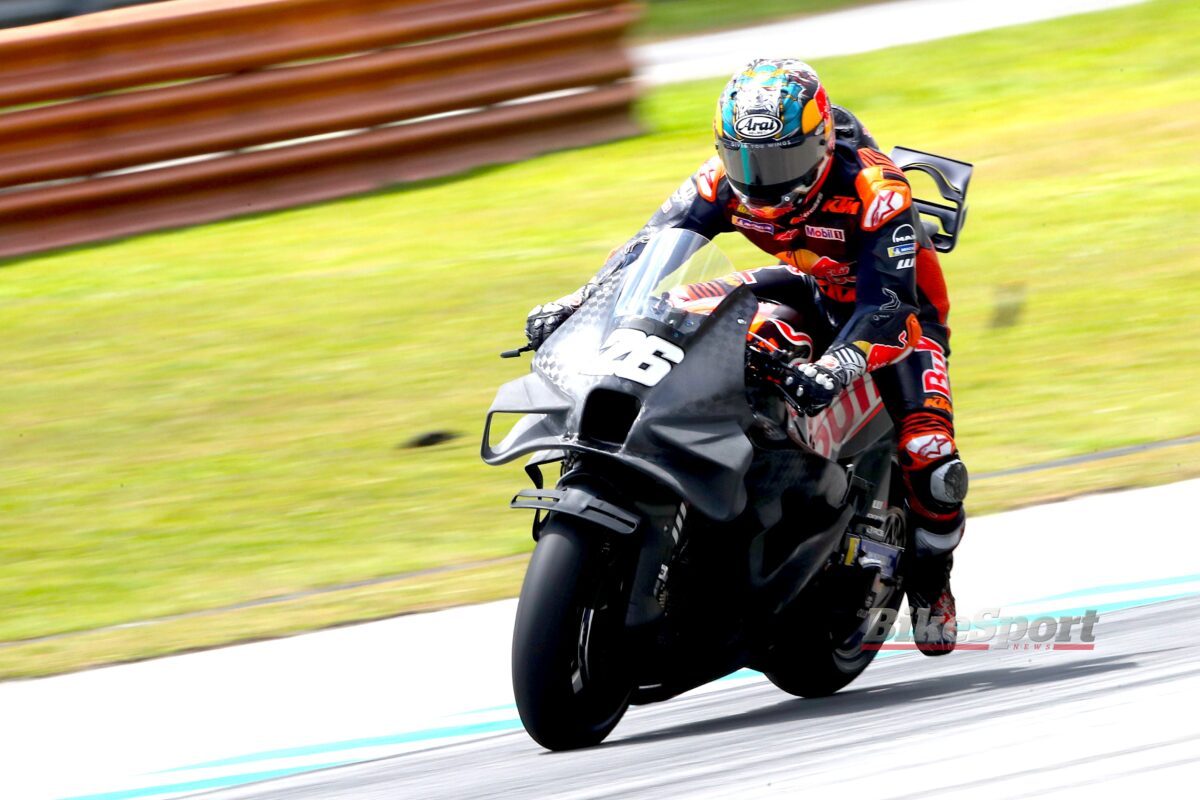
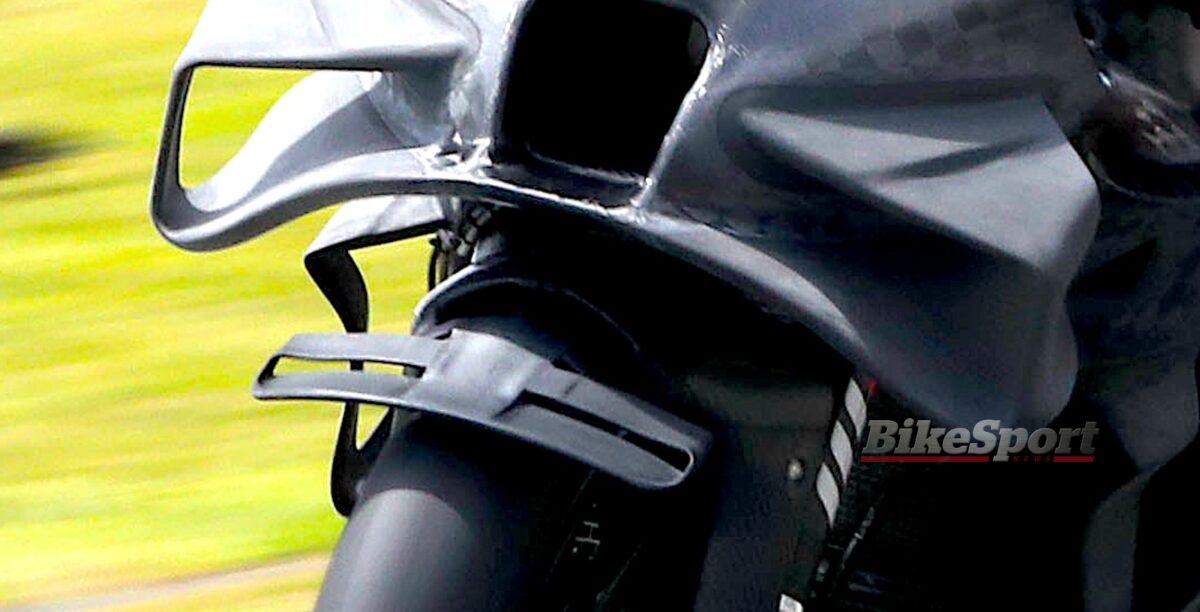
KTM RC16
Though it has been a couple of years now since KTM lost its in-season testing concessions, the Austrian manufacturer has regularly pushed ahead with updates over the course of the year.
This was apparent in 2023 with the introduction of a rear-wing on the tail-fin of the KTM RC16 in what was a more obvious interpretation of the fins appearing on its rivals’ bikes.
For 2024, KTM has produced a similar solution for the front with a new ‘razor-like’ piece of aero attached to the front-fender and hanging over the front-wheel. A more focused adaptation of the wings that adorn the front-fairing, the wing - which was tested by Dani Pedrosa and Pedro Acosta - will be to improve front-end traction under acceleration out of corners.
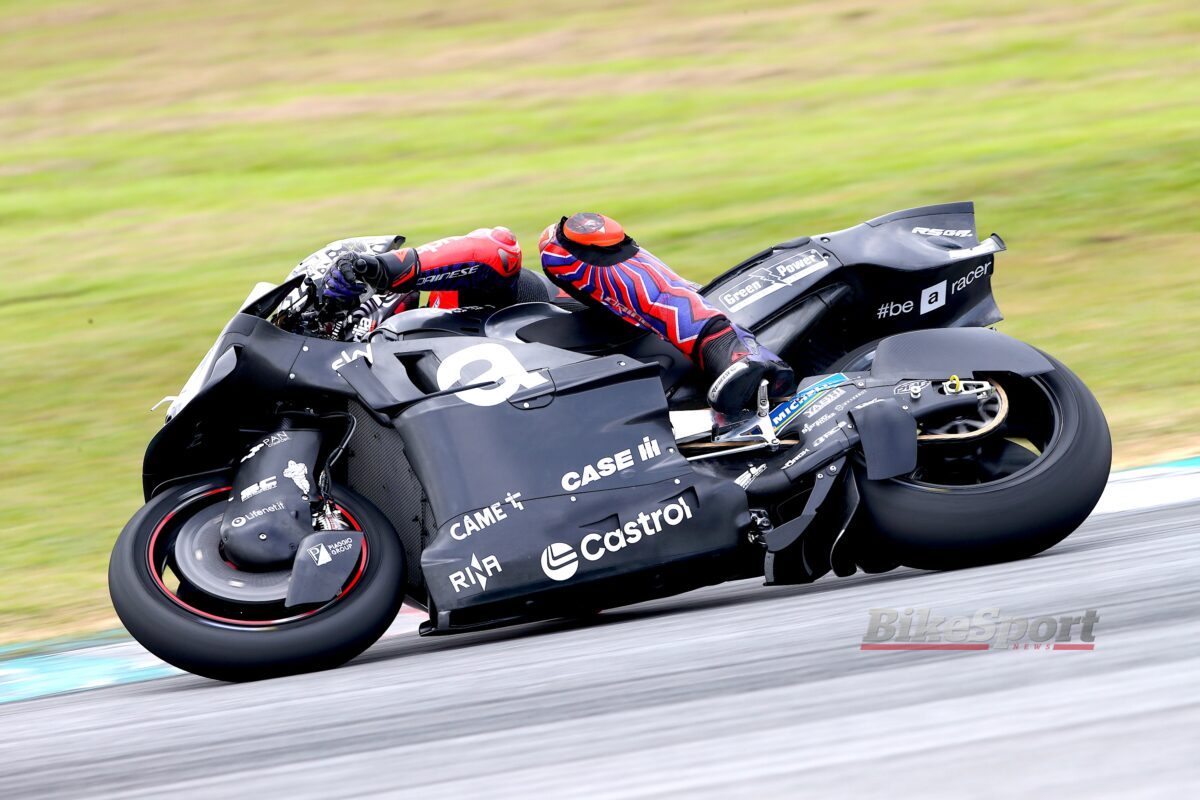
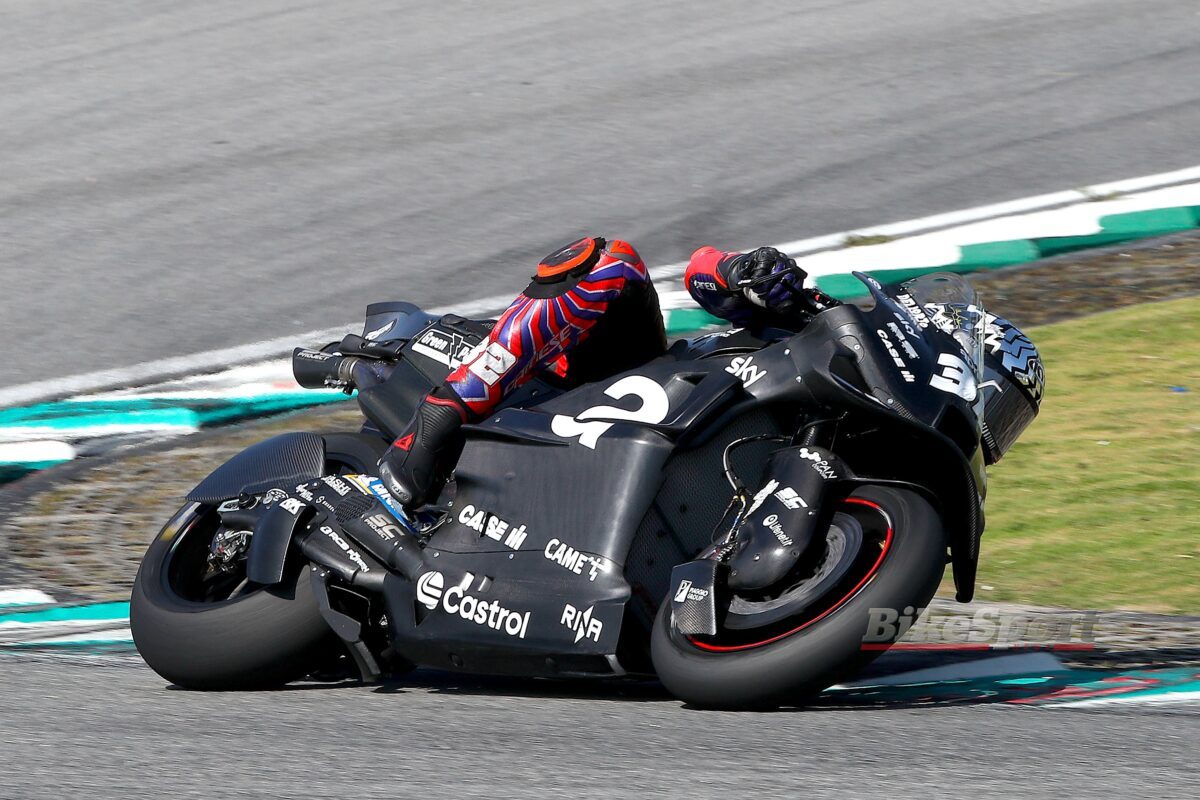
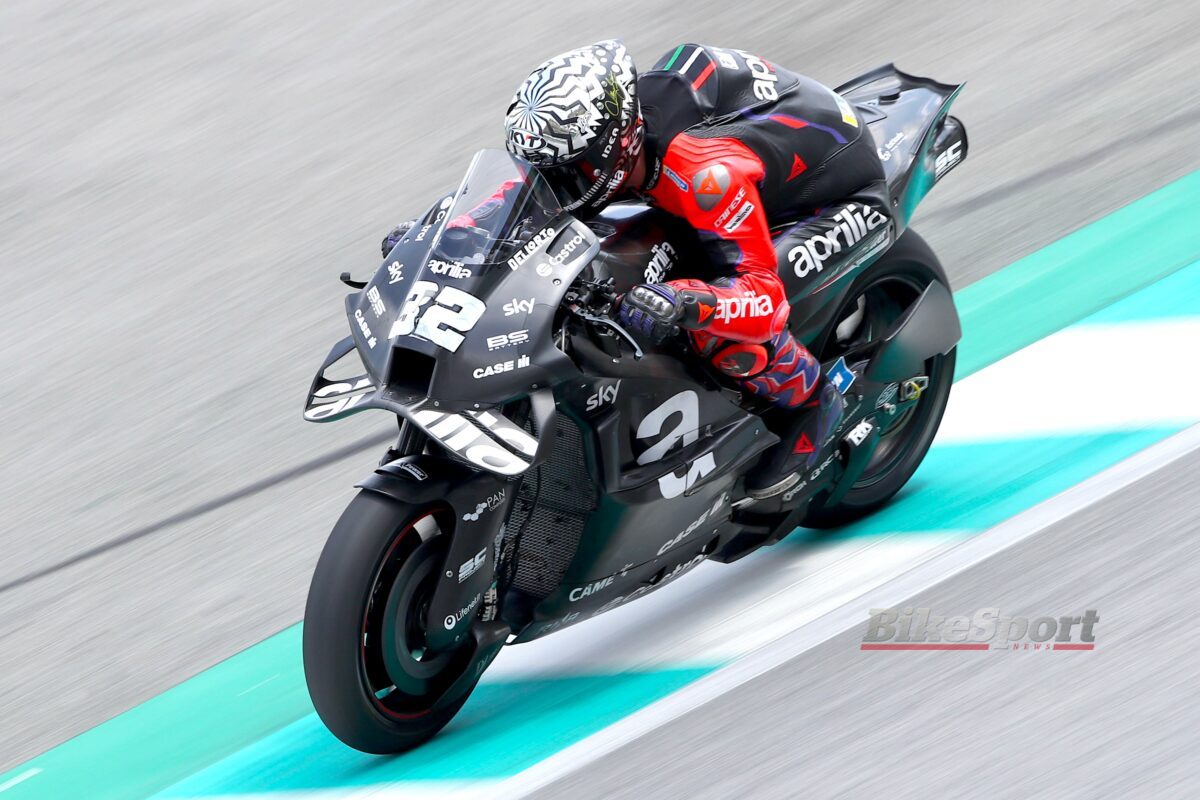
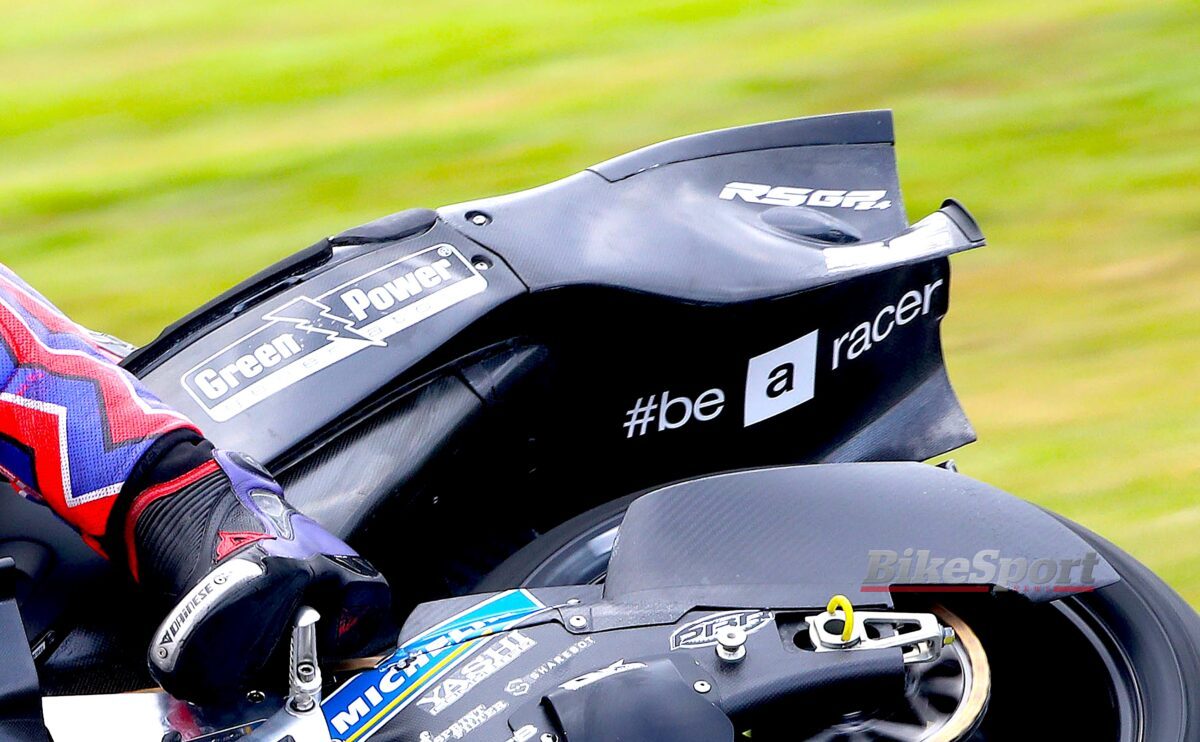
Aprilia RS-GP
Of the five manufacturers, Aprilia is the one with the most changes across the entirety of the RS-GP compared with 2023.
Unlike rivals, which have been fettling with smaller design tweaks to fins and wings, Aprilia has gone ahead and revealed an RS-GP with a more integrated front-end that blends the vast front-wing into the front-fairing for a more domed appearance, plus a re-shaped, more curvaceous rear-end tail-unit that has been colloquially described as ‘batmobile’ style.
Currently, Aprilia has the disadvantage of having just Lorenzo Savadori doing the heavy lifting so it’s hard to see if the solution is an improvement, but it’s worth noting the manufacturer has invested in ensuring Trackhouse Racing’s Miguel Oliveira will ride a 2024-spec RS-GP alongside Maverick Vinales and Aleix Espargaro.
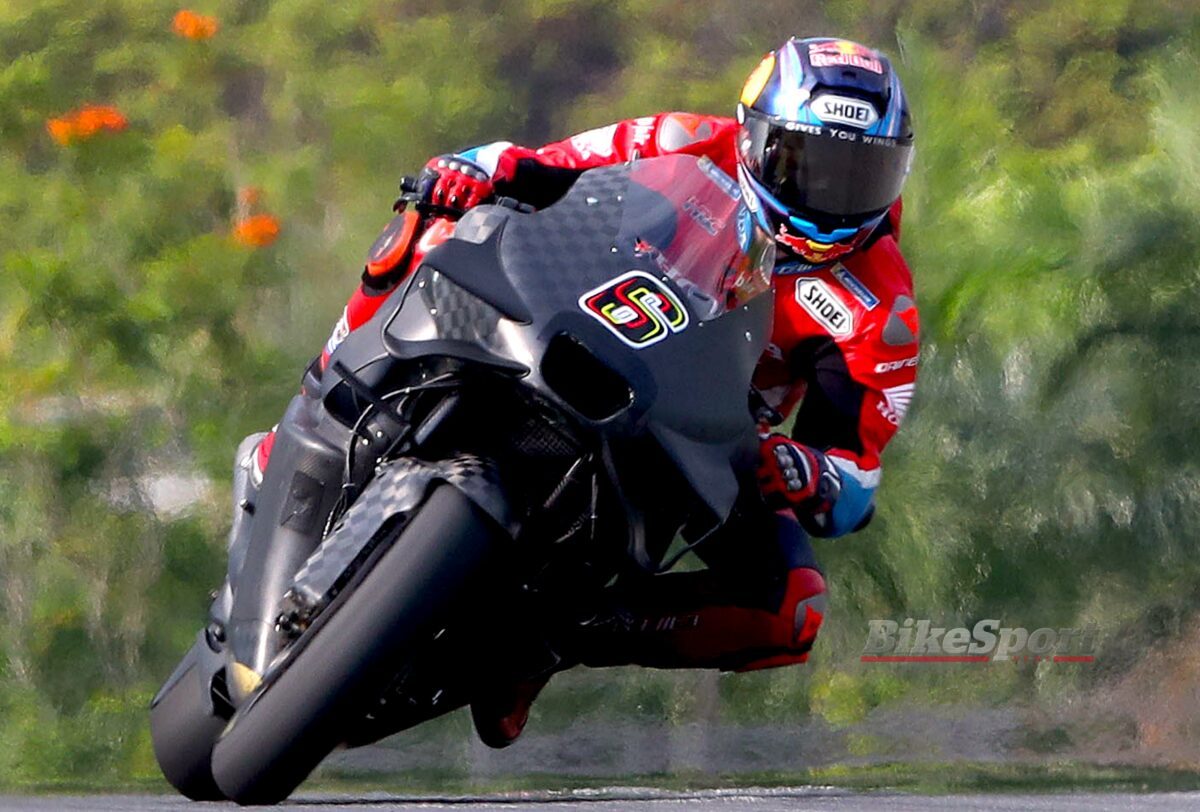
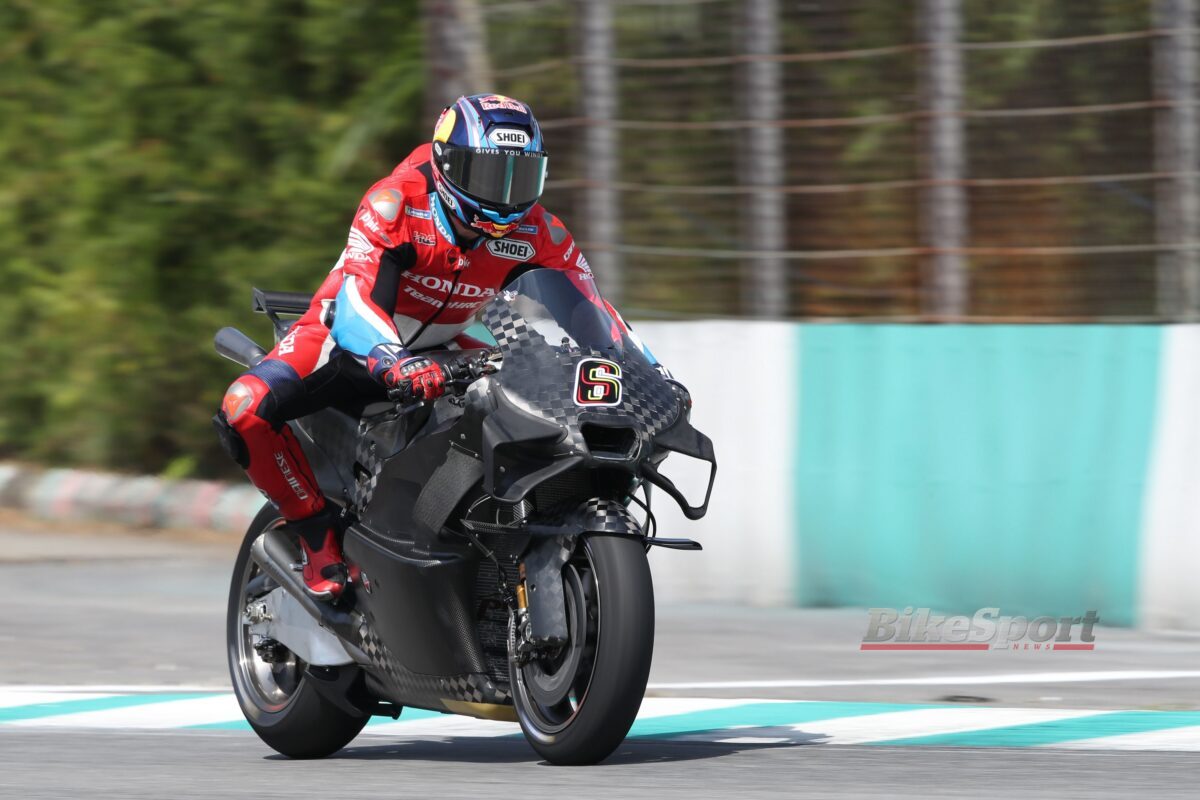
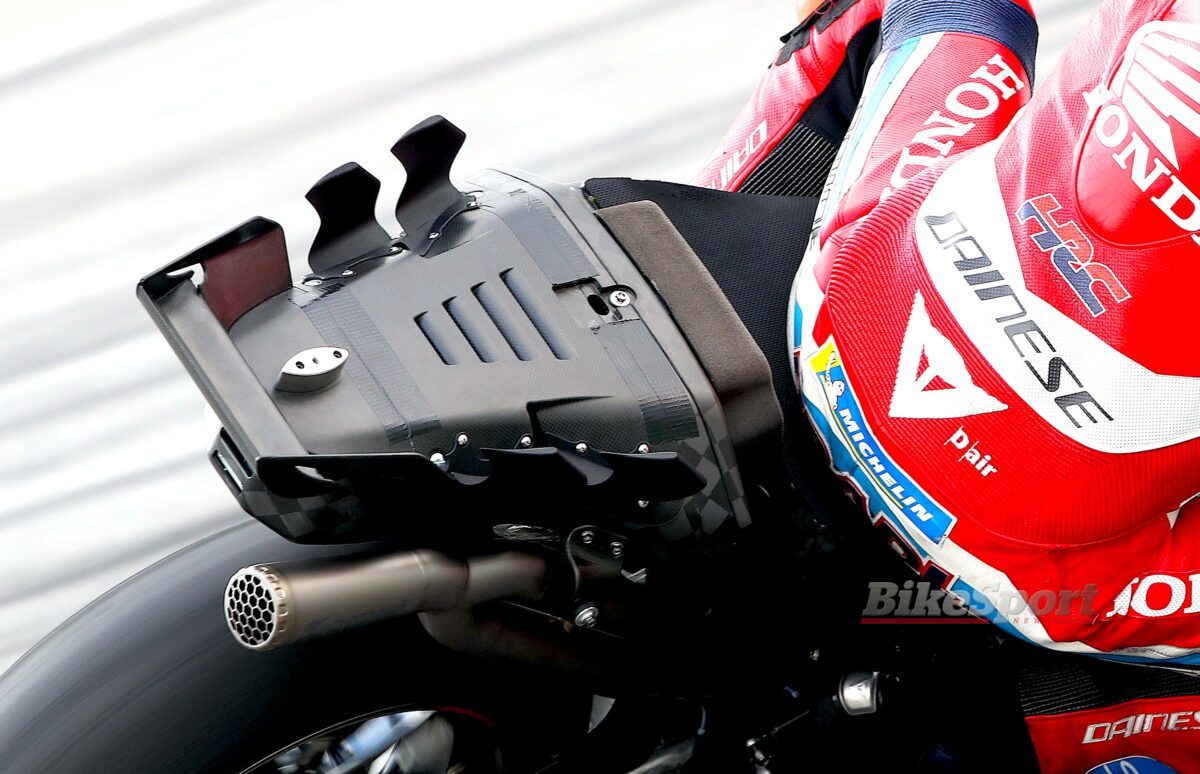

Honda RC213V
Honda has plenty of catch-up to do in 2024 but it at least gets to make the most of its new concessionary benefits with a full five riders on track for two more days of testing.
As it stands, Stefan Bradl is still doing the legwork on the newer solutions, the most obvious of which is the bold interpretation of the ‘Stegosaurus’ tail unit. The rear-end has already turned heads with its sharp fins either side of the unit, but the RC213V in testing has debuted a rear-wing - similar to KTM - to join them up.
In addition, Bradl is testing a revised front-fairing with a slimmer front air intake which, when viewed from a distance without livery, bears a striking resemblance to that of Ducati. Well, if you’re going to get inspiration, do it from the best…
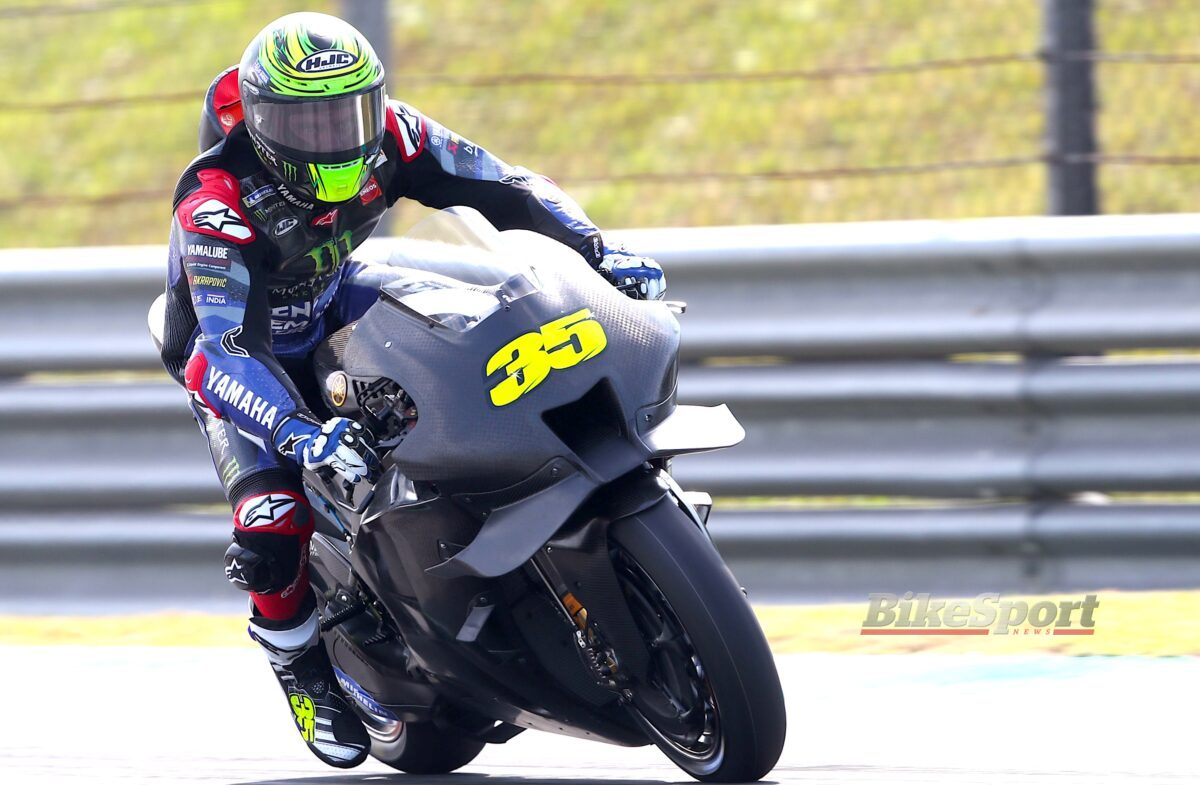

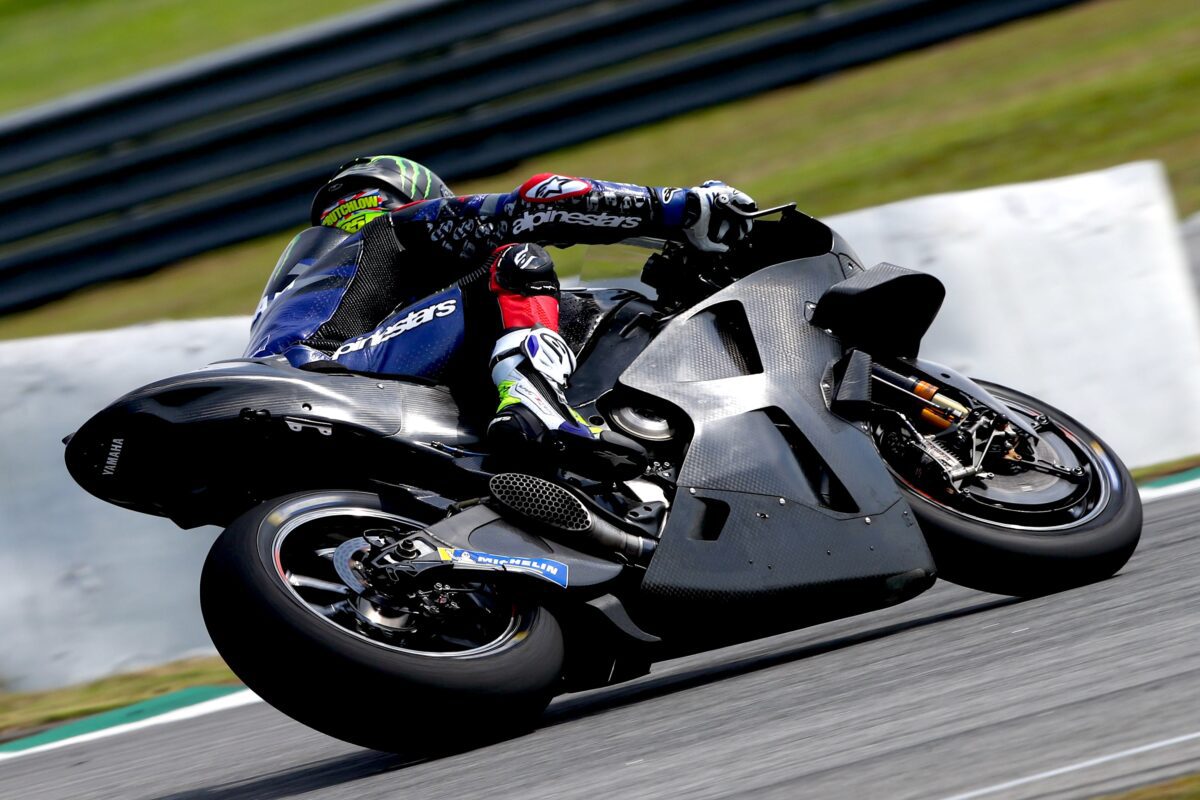
Yamaha M1
As expected, Yamaha have given little away with the aero for the Yamaha M1 when Cal Crutchlow, Fabio Quartararo and Alex Rins hit the track.
This is partly due to the riders being happy with how the M1 handles and less so about what’s coming from the engine.
As such, we will have to wait and see when official testing starts to get data that’ll reveal whether the M1 is able to trouble its rivals in the speed traps, but Crutchlow was seen trialling a more rounded front fairing that appears designed to make the M1 more slippery in a straight-line…

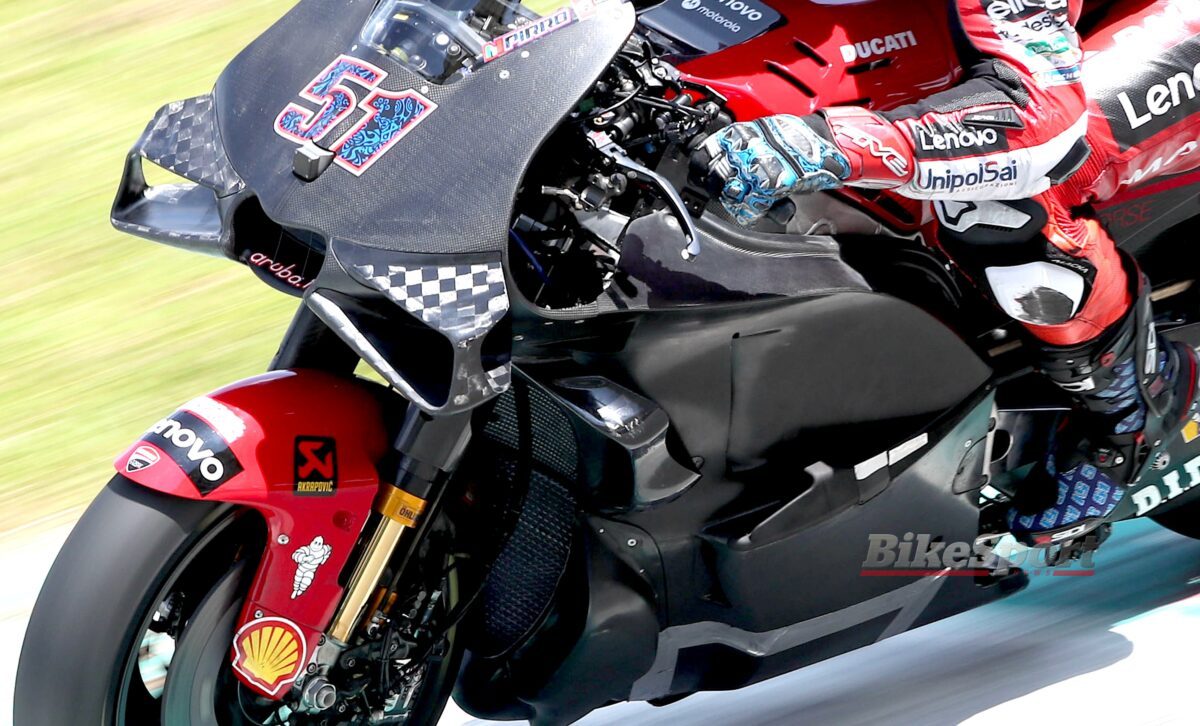

Ducati GP24
After winning all-but-three full-length grands prix in 2023 and locking out the overall top three with a combination of its latest machine and the year-old Desmosedici, you’d forgive Ducati for being fairly content to rest on their laurels coming into 2024.
Naturally, it doesn’t work that way and while MotoGP’s most outlandish innovators don’t appear to have anything too radical on the Ducati GP24 being trialled by Michele Pirro at Sepang, there are changes to spot.
Chief among them is a revised side-fairing, a feature that has been teased by Gigi Dall’Igna as down to appear on the factory machines Pecco Bagnaia and Enea Bastianini will ride.
More sculpted and more in tune with the more rakish aero on the front-end - which itself appears to have been flattened on Pirro’s test bike, the fairing will work in tandem with the already powerful engine to ensure greater stability under braking - an area where the Ducati has traditionally been weakest on account of its bias towards straight-line performance.

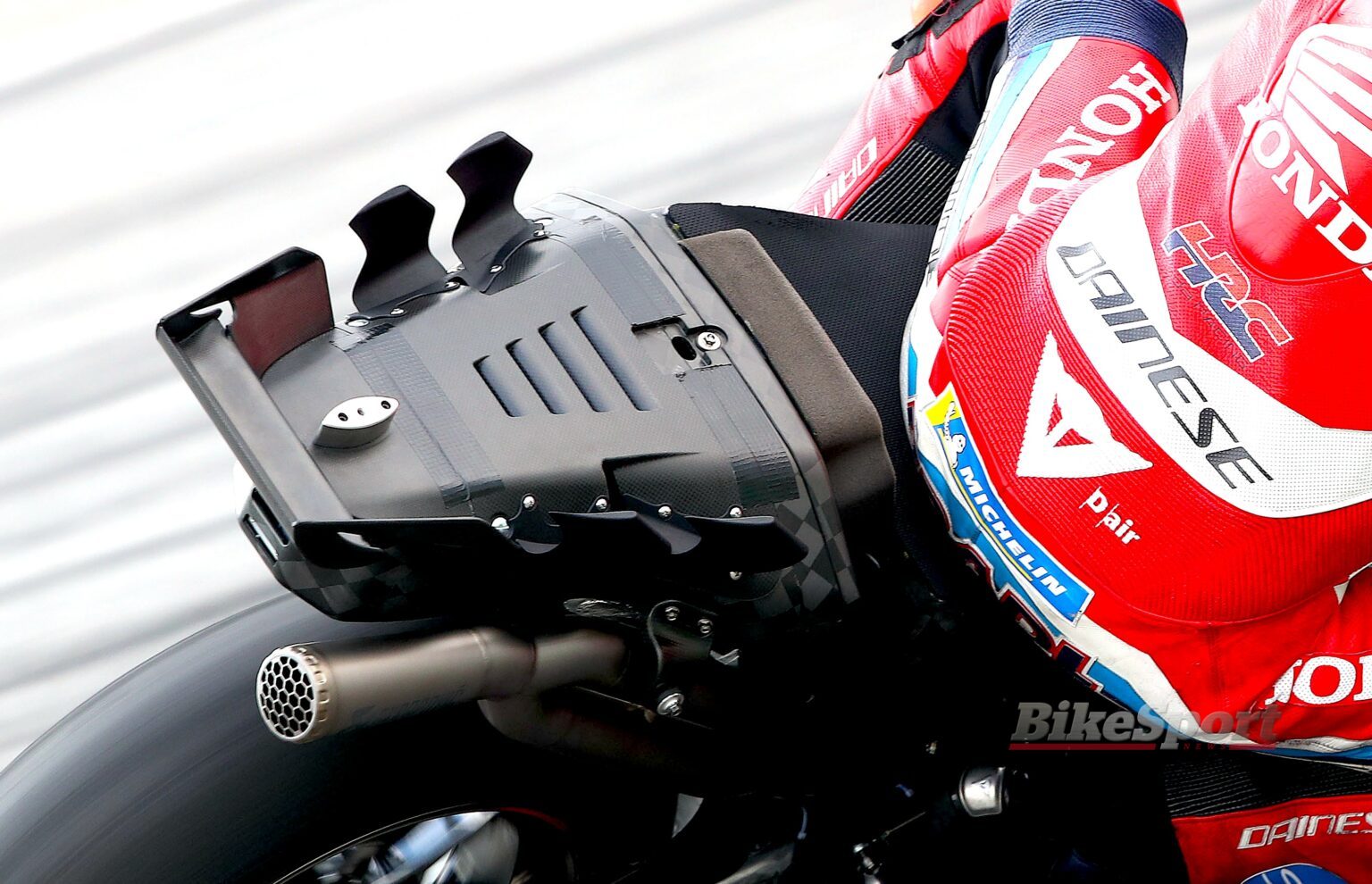
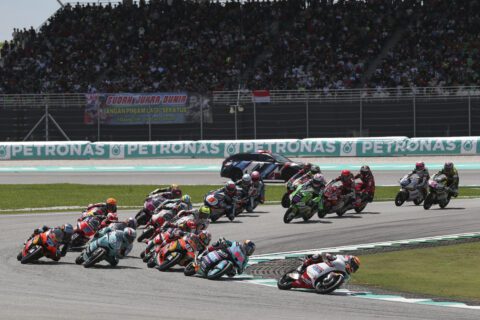
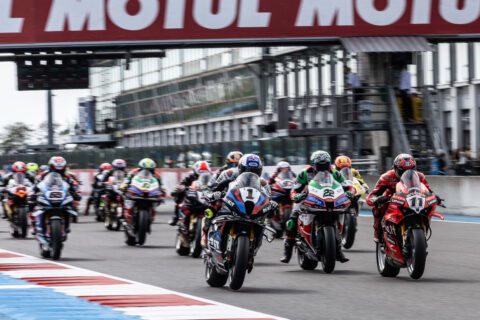
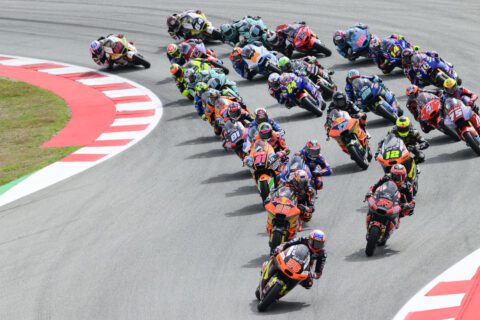
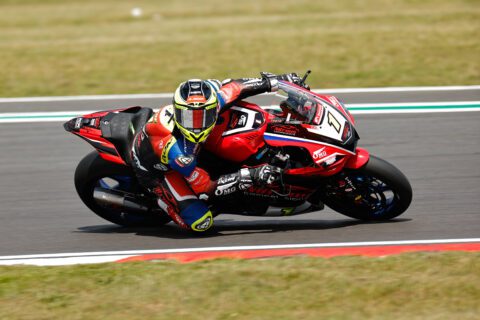
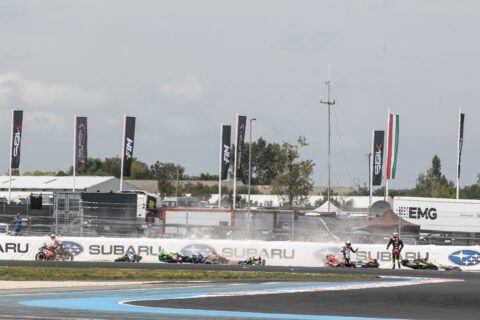
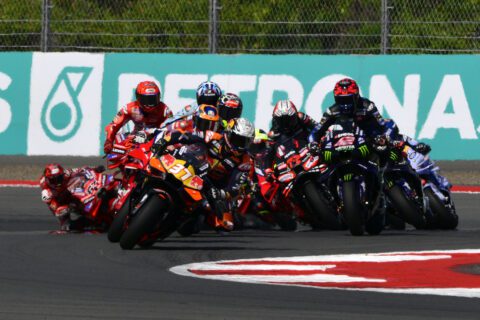
![Shane Byrne, Monstermob Ducati, 2003 WorldSBK, action [Gold & Goose]](https://bikesportnews.com/wp-content/uploads/2025/07/Shane-Byrne-Monstermob-Ducati-2003-WorldSBK-action-Gold-Goose-480x272.jpg)

